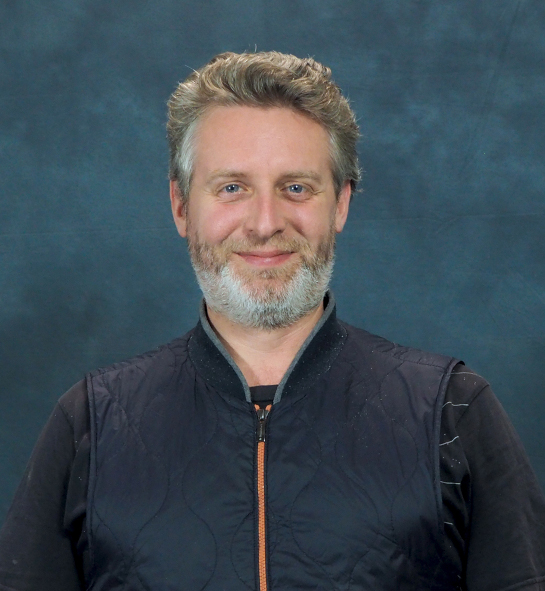Meet Dr Julien Le Kernec
Published: 20 February 2023
You may recognise Dr Julien Le Kernec from his teaching in Chengdu. But did you know about his fascinating research into radars and animal welfare?
As both existing and new staff continue to excel in our always-expanding Glasgow College UESTC team, we are happy to provide them with a chance to introduce themselves to our readers, via a short Q&A. This month, we hear from Dr Julien Le Kernec, PhD, HDR.
When did you join the team at Glasgow College UESTC?
Back in 2016.

Which subjects do you teach?
Engineering and the Law, Digital Circuit Design, and Signal Processing for Wireless Sensor Networks
Which fields of research are you most interested in and why?
Smart Radar Systems
With the growing overcrowding of the spectrum, new threats (e.g. UAVs near airports), the need for spectrum reuse, and the emergence in 6G of radio and sensing capabilities, there is a need to develop novel radar systems that can evolve in that environment and communicate amongst themselves. This starts with developing radar spectrum sensing and actively communicating with neighboring radars or communication nodes to collaborate and fuse information. These functions have to be executed alongside radar functions and switch from one mode to another or combine several modes together in its operation via resource management. Having a software-defined radar platform to do this would mean that the radar could dynamically change its operating mode to fit the task at hand by acting via software on both hardware and processing configurations.
Radar in Assisted Living
With a growing elderly population worldwide, new paradigms of care are necessary to keep people living at home longer. In assisted living, radar systems are increasingly being employed in healthcare applications for human activity recognition and vital signs due to their advantages in terms of privacy, contactless sensing, and insensitivity to lighting conditions. Proposed classification algorithms are often complex, which necessitates significant computational resources. A multitude of radar data representations, radar systems (geometry, MIMO, …), and machine learning can be used to achieve these tasks. It is important to bring domain knowledge from radar, kinematics, and a medical point of view, to maximise the performance and the relevance of the system to meet the needs of the end user.
Radar in Animal Welfare
Lameness is, among horses and farm animals, in the top three welfare issues. Lameness problems are usually located on the animals' hooves, and they cause various issues, from gait change to impaired fertility, sub-optimum carcass and milk reduction which impacts revenue for the farmer and the welfare of the animal. Several methods have been proposed but all present drawbacks regarding accuracy, reliability, equipment cost and rapidity. Radar systems can be used to detect gait abnormalities in horses and farm animals as well as their vital signs.
What is the most memorable project you have been involved in at GC UESTC or elsewhere and why?
See my answer below - I think it is linked.
What attracted you to take on a role at GC UESTC?
I usually enjoy extracurricular project activities with my students as they are engaged in the subject they are studying and are not doing this just for a paper or a grade. It is refreshing to know some students still have this can do attitude. They are usually also very successful in further studies. I am often very proud to have contributed to their training, although I have to get new blood every time to maintain project continuity.
What or who inspired you to study engineering?
Fighter aircrafts. I had glasses when I was younger so I could not join the air cadets but I worked towards working on radar systems that would get me the closest to the cockpit. I still am working on that - have been since I was 14!
Tell us a about your hobbies and interests outside of work:
Cooking. Dishes I have perfected include monkfish Breton curry, tagliatelle carbonara, tiramisu, quiche and a British classic - bread and butter pudding.
First published: 20 February 2023

